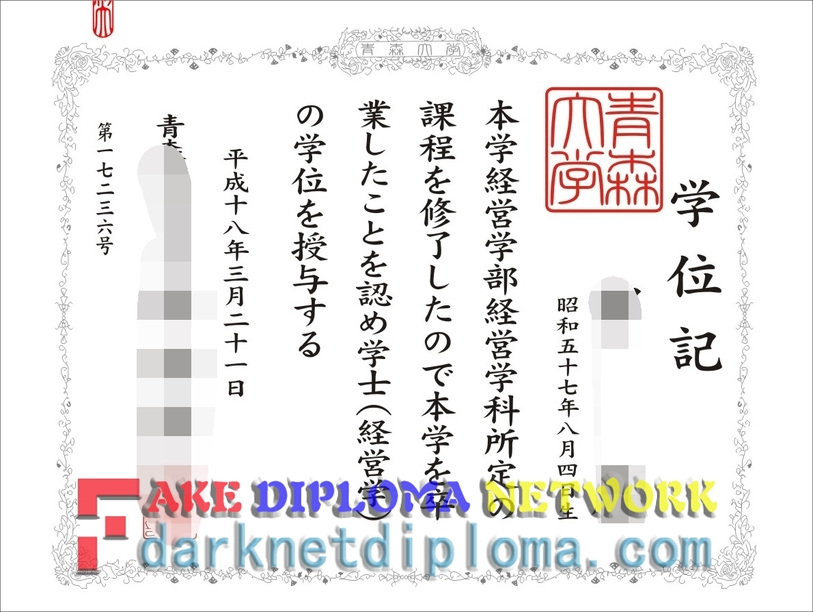Are you considering enrolling in Aomori University or hiring graduates from this prestigious institution? It’s essential to know how to verify the authenticity of their diplomas. With increasing cases of fake degrees, ensuring that the document is genuine can save you a lot of trouble. This blog post will guide you through the process of identifying a Fake Aomori University Diploma, and provide useful tips for both students and employers.
What Makes a Diploma Genuine?
A genuine diploma from Aomori University typically includes several key features that set it apart from counterfeit versions. Here are some common characteristics:
1. Unique Design
The official diploma has an intricate design, including the university’s emblem, seal, and signature. These elements should be well-defined and consistent with the style used in previous years.
2. High-Quality Paper
Aomori University diplomas are printed on high-quality paper that is slightly textured and feels thicker than standard office paper. The texture can sometimes be felt by gently pressing your fingers over the surface of the diploma.
3. Watermark and Security Features
The diploma often includes a watermark or hologram, which can be observed when holding it up to light. Additionally, there might be microprinting around the edges that is difficult to replicate with standard printers.
4. Consistent Text and Formatting
Check for consistent font sizes and styles in the text s such as the degree title, dates of study, and signatures. The information should align perfectly within its designated area on the diploma.
Common Signs of a Fake Diploma
While genuine diplomas have specific features, there are several signs that can indicate forgery:
1. Poor Quality
If the paper is too thin or glossy, it might be an indication that the diploma was printed using standard office materials instead of university-specific stock.
2. Lack of Detail in Seals and Signatures
Forged diplomas often have less detailed seals and signatures compared to the original ones. The emblem and signature may appear faded or blurry.
3. Inaccurate Information
Double-check the dates, degree titles, and personal information against the student’s records. Any discrepancies could signal a fake diploma.
4. Missing Security Features

Lack of watermark or microprinting can be an easy clue to identify a counterfeit diploma. These security features are usually placed strategically on both sides of the document.
Verification Process
To ensure that you hold a genuine Aomori University Diploma, follow these steps:
- Visit the university’s official website and search for their registration system.
- Enter the student's name or ID number to find detailed information about their academic record.
- Compare the details provided on the diploma with those in the online database.
- Contact the registrar’s office if you still have doubts.
Tips for Students
If you are a student at Aomori University and want to ensure your diploma is authentic, here are some tips:
- Keep an extra copy of your diploma safe .
- Ask for verification from the registrar's office when in doubt.
- Check if there have been any recent updates to the diploma design.
Tips for Employers
When verifying a Aomori University Diploma, employers can take these additional steps:
- Contact the university’s registrar’s office directly via phone or email to confirm the validity of the document.
- Look up the student's academic records on the official website, if available.
- Request that the candidate provide multiple forms of identification for cross-referencing.
Conclusion
In today’s digital age, it has become easier than ever to create a fake Aomori University Diploma. However, by understanding key characteristics and following simple verification steps, both students and employers can confidently distinguish between genuine and counterfeit documents. Always double-check the details and security features to avoid any confusion or false impressions.
Stay informed and enjoy your journey with an authentic diploma from Aomori University!